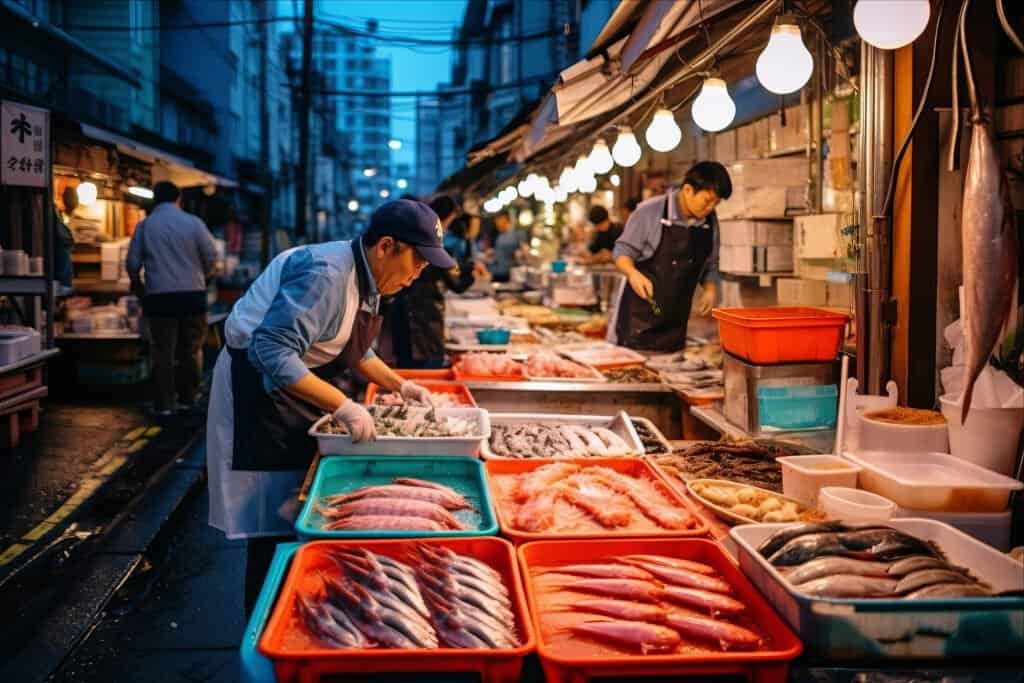Tasting the World, One Coastline at a Time
Travelers today are no longer just snapping photos of sunsets—they’re savoring moments through food. And when it comes to truly experiencing a coastal destination, few things are more immersive than eating seafood that’s fresh, local, and responsibly sourced. Whether it’s grilled sardines on a Lisbon street or ceviche in a Peruvian port town, seafood has a way of telling a region’s story with every bite.
But in a globalized world where “fresh” can mean flash-frozen and flown across oceans, how can travelers make mindful choices—especially when their meals come with a view?
Navigating Seafood Abroad: What You Need to Know
Eating seafood while traveling is both a pleasure and a responsibility. In many countries, fish markets double as cultural landmarks, offering a glimpse into daily life. Yet language barriers, unfamiliar labels, and misleading terms can make it hard to distinguish between what’s authentic and what’s exploitative.
The key is knowing what questions to ask: Is this fish in season? Was it locally caught or shipped from halfway across the world? Does the vendor know how it was harvested?
Trusting the Right Sources—Even From Afar
Not every traveler has the luxury of docking at a wharf to buy the catch of the day. For those planning ahead—maybe for a beachfront rental with a kitchen or a road trip with stops at coastal towns—buying online from trusted marketplaces can help maintain high standards even on the go.
Sites like Fulton Fish Market go beyond basic freshness—offering detailed harvest dates, catch methods, and cold-chain tracking to ensure premium quality from dock to doorstep. This level of transparency has made them a favorite among both chefs and conscious consumers who want to buy seafood with confidence, whether at home or abroad.
Tuning into Tides: Seasonality While Traveling
Seasonality isn’t just a farmer’s market buzzword—it’s your best friend when navigating foreign menus. Local guides or chefs can often share what fish are in season, helping you avoid overpriced, imported, or overfished items. In Japan, for example, uni is at its sweetest in late summer, while in the Pacific Northwest, Dungeness crab defines winter.
Paying attention to these natural rhythms doesn’t just improve your meals—it deepens your connection to the place.
Seafood Markets as Cultural Windows

Some of the most memorable travel moments happen in open-air seafood markets. The bustle of Tokyo’s Toyosu, the early-morning auctions in Marseille, or the sunlit piers of Sydney each offer a unique sensory experience. Beyond the sights and smells, these markets teach travelers about sustainability, regional preferences, and food traditions.
A simple question—”Where was this caught?”—can lead to stories of local fishermen, family recipes, and changing tides. And for travelers eager to support responsible tourism, choosing locally caught, sustainable options is one of the most direct impacts they can make.
Eating Sustainably on the Road
You don’t need to be an expert to make better seafood choices. Look for certifications like MSC (Marine Stewardship Council) or Fair Trade when dining out. If you’re visiting street vendors or small eateries, seek out menus that highlight local catch instead of generic seafood platters.
In places where seafood handling varies, ask how dishes are stored or prepared. A little awareness goes a long way in avoiding mishandled meals and food waste.
Making Seafood Part of the Journey
Food journaling isn’t just for Instagram. Keeping a small travel log of what you tried, where it came from, and how it tasted can enhance your appreciation—and inspire your next destination. Whether you’re cooking on the beach in a borrowed pan or sampling sea urchin from a Tokyo train station vendor, travel-based eating becomes richer when you slow down and pay attention.
Exploring Regional Favorites
From the spicy fish stews of Brazil to grilled mackerel in Korean markets, every region offers unique seafood dishes worth discovering. In Southeast Asia, street stalls serve up grilled squid and steamed shellfish with dipping sauces. In the Mediterranean, octopus is braised or charred with olive oil and lemon.
Learning the traditional cooking methods and flavor pairings enhances not only the taste but your connection to local culture.
Supporting Local Economies
Sustainable travel includes where and how you spend your money. By buying from local fishers or dining at restaurants that support ethical sourcing, you contribute to the livelihoods of coastal communities.
Small decisions—like skipping a buffet in favor of a harborside fish shack—can redirect tourism dollars toward those who care for the environment and preserve culinary heritage.
In Conclusion: Where Travel and Responsibility Meet
Choosing seafood while traveling is more than a matter of taste—it’s an act of participation in local culture and global sustainability. With tools like traceable sourcing, online seafood guides, and marketplaces that emphasize transparency, modern travelers can explore the world’s oceans with curiosity and care.
From bustling markets to quiet coastal towns, your next bite might just be a deeper dive into the soul of a destination.

